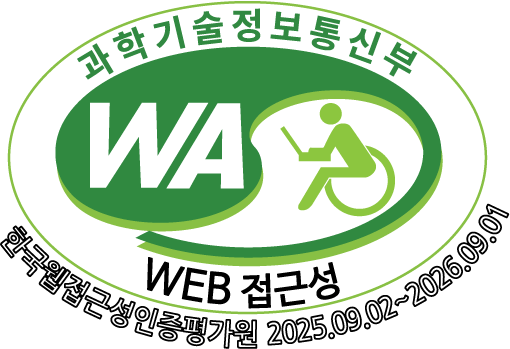본 연구에서는 최근 부상하고 있는 피지컬 AI의 기술적·산업적 확산에 주목하여, 피지컬 AI의 정의와 특성, 유형 그리고 주요 사례 및 관련 이슈를 살펴보고 정책적 시사점을 제언하고자 하였다. 분석 결과, 피지컬 AI는 AI 기반모델(두뇌), 컴퓨터 비전·센서(감각), 엣지 컴퓨팅 및 네트워크 인프라(연결), 제어 및 액추에이터(행동) 등의 첨단기술 융합을 통해 인간처럼 현실 세계를 인식하고, 자율적으로 판단·행동함으로써 환경과 유기적으로 상호작용할 수 있는 시스템으로 정의된다. 주요 기술 수준과 형태에 따라 △ 휴머노이드형 △ 자율주행차형 △ 드론형 △ AGV & AMR형으로 분류되어 다양한 산업 환경에 특화된 형태로 활용되며, 산업 전반의 자동화·지능화 수요를 중심으로 새로운 융합 생태계를 형성하는 기반으로 작용하고 있었다. 다만, 피지컬 AI는 확산 과정에서 막대한 연산 자원과 개발 비용, 물리 환경 적용의 기술적 제약, 노동시장 구조 변화, 법적 책임과 윤리 기준의 미비 등 복합적인 장애 요인을 동반하고 있는 상황이다. 이를 해결하기 위해 미국, 중국, EU, 일본 등 주요국은 피지컬 AI를 국가 전략기술로 간주하고 다양한 정책을 선제적으로 마련해 경쟁력 확보에 나서고 있으며, 이에 발맞춰 우리나라도 피지컬 AI 경쟁력 강화를 위한 연구개발, 산업 생태계 및 인력양성, 법제 정비 및 국제 협력 차원에서 국가 전략을 수립해야 할 시점이다. Executive Summary This study focuses on the recent emergence and expansion of Physical AI in both technological and industrial contexts. It examines the definition, characteristics, typologies, representative use cases, and associated challenges of Physical AI, ultimately deriving relevant policy implications. The analysis defines Physical AI as an integrated system that combines advanced technologies such as AI foundation models (cognitive control), computer vision and sensors (perception), edge computing and network infrastructure (connectivity), and control systems with actuators (mobility), enabling machines to perceive, reason, and act autonomously in the physical world. Based on key technological configurations and implementation forms, Physical AI can be categorized into humanoid-type, autonomous vehicle-type, drone-type, and AGV & AMR-type systems, each tailored to specific industrial environments and contributing to the formation of a new convergence ecosystem centered on the growing demand for automation and intelligence across industries. However, the diffusion of Physical AI entails a range of complex barriers, including high computational requirements, significant development costs, technical limitations in real-world deployment, structural impacts on the labor market, and a lack of legal accountability frameworks and ethical standards. In response, major countries such as the United States, China, the EU, and Japan are recognizing Physical AI as a strategic national technology and are actively formulating policies to secure technological leadership. In this context, Korea must also develop a national strategy encompassing R&D, industrial ecosystem development, talent cultivation, regulatory reform, and international cooperation to strengthen its competitiveness in the emerging Physical AI landscape.



